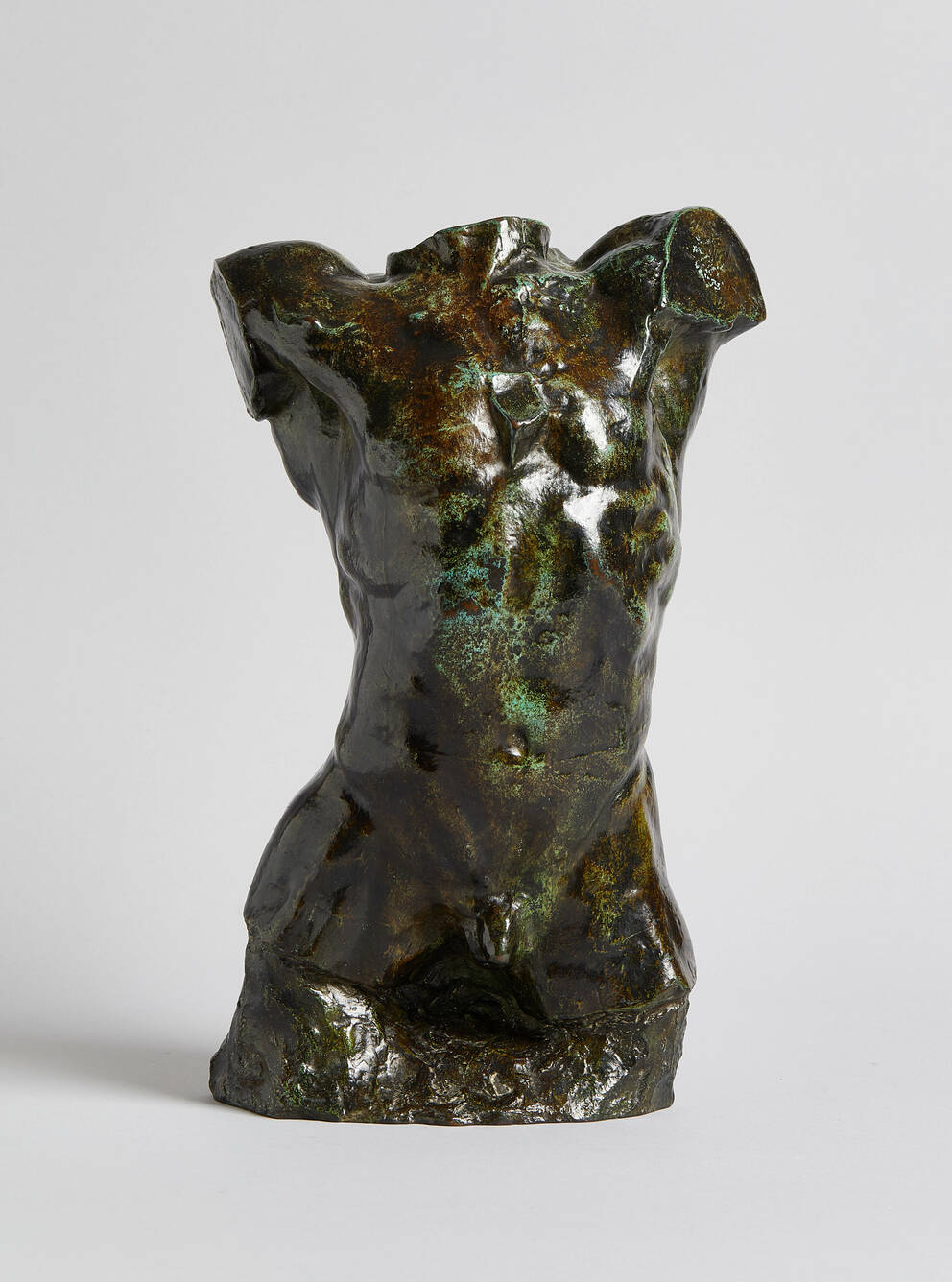
Leopold Museum,
Vienna
Vienna


Falling Man. Torso of a Young Man
Design before 1904; cast in 1948
(Paris 1840–1917 Meudon)
If you have further information on this object, please contact us.
For provenance related information, please contact us.
2023/2024 Partial funding for digitization by the Federal Ministry for Arts, Culture, the Civil Service and Sport „Kulturerbe digital“ as part of NextGenerationEU.

